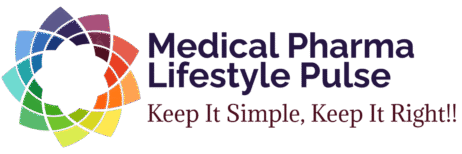What is Nafithromycin?
- Nafithromycin is the first novel lactone-ketolide antibiotic in the macrolide class to be developed worldwide in over 30 years, marking a historic milestone.
- 2015, the U.S. FDA awarded Nafithromycin qualified infectious disease product status.
- On January 2, 2025, the Indian drug regulator, CDSCO, approved Nafithromycin (Brand name Miqnaf) as a new treatment for community-acquired bacterial pneumonia (CABP) in adults.
- Recently, Nafithromycin completed phase III clinical trial.
Why Nafithromycin?
- Infections with CABP are a pressing global health issue, being the leading cause of death and morbidity, particularly in older individuals.
- India, responsible for 23% of the world’s pneumonia cases, is in dire need of effective empirical therapy due to widespread resistance.
- This has resulted in a significant unfulfilled medical demand for a safe and effective antibiotic for CABP.
- Nafithromycin offers a promising solution for combating resistant bacterial infections.
What Distinguishes Nafithromycin from other Macrolide Antibiotics?
- Due to the rise of erythromycin resistance the search for novel, more potent next-generation macrolide antibiotics that exhibit efficacy against resistant respiratory infections accelerated.
- Ketolides are the fourth-generation semisynthetic macrolides designed to overcome bacterial resistance.
- Ketolide differs from macrolides in that it has a 3-keto functional group instead of an L-cladinose moiety, which increases its action against Gram-positive bacteria that are resistant to macrolides.
- Nafithromycin is a novel lactone-ketolide antibacterial drug candidate with promising activity against a wide range of multidrug-resistant pneumococci.
- Nafithromycin differs structurally from other ketolides by having a lactone group instead of carbamate at the C11-12 position of the ketolide nucleus.
What are the Distinctive Features of Nafithromycin?
- Ultra-short duration of therapy
- Nafithromycin offers a three-day treatment regimen, significantly reducing the burden on patients and healthcare systems.
- Nafithromycin offers a three-day treatment regimen, significantly reducing the burden on patients and healthcare systems.
- Convenient dose
- Administered orally once a day.
- Administered orally once a day.
- Suitable for multidrug-resistant bacteria-
- It provides coverage of multidrug-resistant typical and atypical respiratory pathogens, including penicillin- and macrolide-resistant pneumococcal strains.
- Overcomes all three of the macrolide resistance mechanisms.
- It continues to be effective against Streptococcus.pneumoniae that is resistant to β-lactam and quinolones. covers atypical respiratory pathogens, including pneumoniae.
- High and sustained lung concentrations
- Alveolar macrophages had much greater Nafithromycin concentrations , which should help destroy the pathogen intracellularly and deliver large medication concentrations at the infection site.
- Alveolar macrophages had much greater Nafithromycin concentrations , which should help destroy the pathogen intracellularly and deliver large medication concentrations at the infection site.
- Generally, well tolerated
- Minimal side effects, and no significant drug interactions
Further Reading
https://link.springer.com/article/10.1007/s00044-024-03281-5
https://pmc.ncbi.nlm.nih.gov/articles/PMC5700335/#:
https://pmc.ncbi.nlm.nih.gov/articles/PMC6879255/#s1
https://link.springer.com/article/10.1007/s00044-024-03281-5
https://www.sciencedirect.com/science/article/pii/S2211715622004763#s0045
https://www.sciencedirect.com/science/article/abs/pii/S104346662030065X



